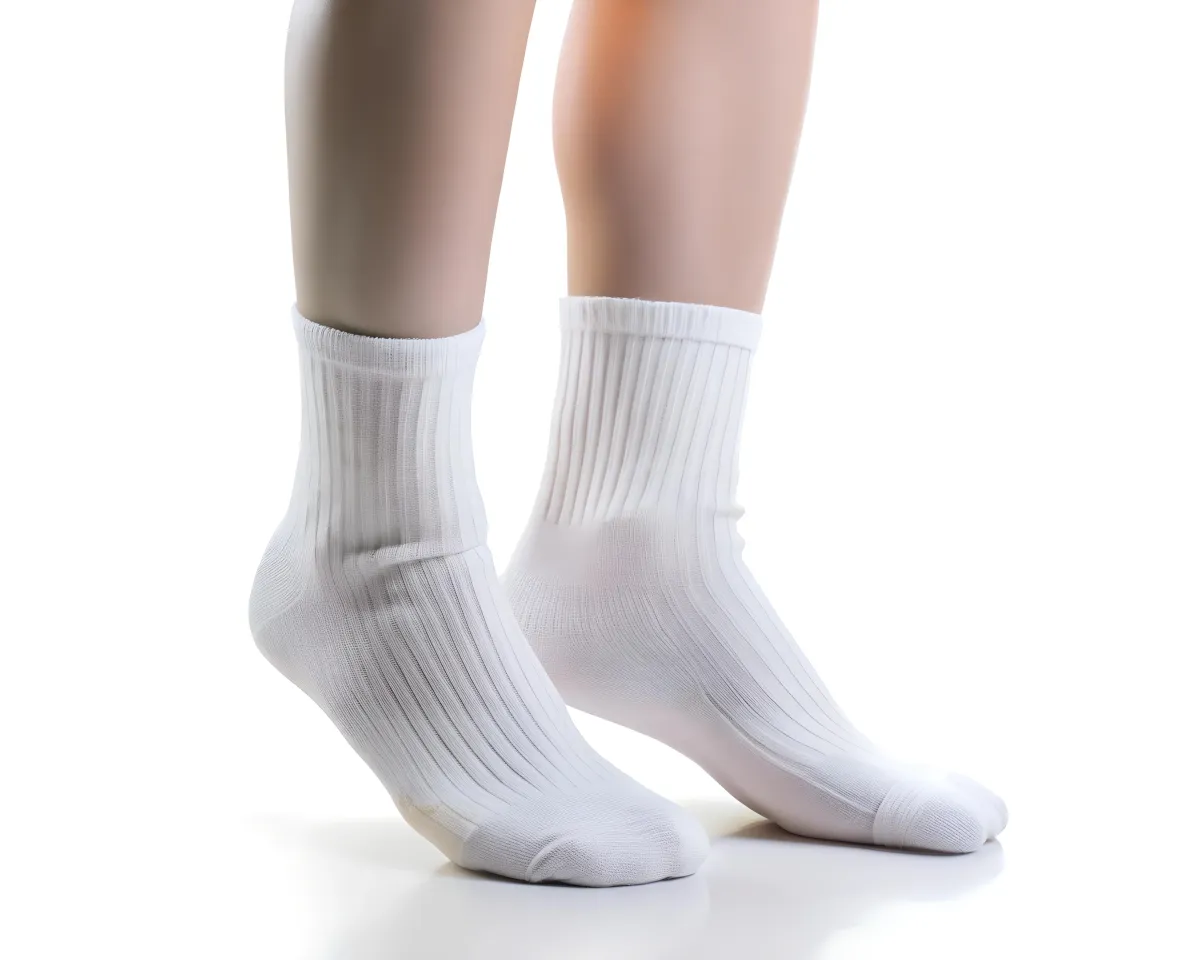Tips & Advice From South Dublin Podiatry

Pitted Keratolysis
Understanding Pitted Keratolysis: Causes, Symptoms, and Treatment
At South Dublin Podiatry, we see a wide range of foot conditions that can affect your quality of life. One such condition is pitted keratolysis—a bacterial infection that primarily affects the soles of the feet, causing discomfort and noticeable skin changes. Though it’s not widely discussed, it’s important to know the signs, causes, and treatments available to manage this condition.
What Is Pitted Keratolysis?
Pitted keratolysis is a bacterial skin infection that typically affects areas of the feet that are subjected to excessive moisture, pressure, and friction—most commonly the soles. It is characterised by the formation of small, crater-like depressions (or "pits") on the skin. The condition often affects people who wear tight, non-breathable footwear for extended periods, such as athletes, people who wear safety boots or similar for work, and individuals working in hot or humid environments.
What Causes Pitted Keratolysis?
The root cause of pitted keratolysis is bacterial infection of the skin. These bacteria thrive in warm, moist environments, and when they proliferate, they release enzymes that degrade the top layer of the skin, leading to the distinctive pits or holes.
Several risk factors can contribute to the development of pitted keratolysis, including:
Prolonged moisture exposure: Wearing tight, non-ventilating shoes or spending long hours in damp conditions, such as during intense physical activity.
Sweaty feet (hyperhidrosis): People with excessive foot sweating are more likely to develop the condition.
Poor hygiene: Irregular foot washing and drying can promote bacterial growth.
Friction: Pressure from poorly fitting shoes or extended standing can exacerbate the condition.
Symptoms of Pitted Keratolysis
Pitted keratolysis may initially appear as mild skin changes, but without treatment, the symptoms can worsen. Some common symptoms include:
Small, crater-like pits: These can be found on the soles, especially the weight-bearing areas like the heels or balls of the feet.
Odour: Due to bacterial activity, the condition is often accompanied by a distinctive, unpleasant odour.
Discoloration: The skin in the affected area may appear white, and the pits themselves may look darker or more pronounced after prolonged moisture exposure.
Pain or tenderness: Some individuals may experience discomfort when standing or walking, particularly when the infection worsens.
How Is Pitted Keratolysis Diagnosed?
At South Dublin Podiatry, the podiatrist can usually diagnose pitted keratolysis based on the appearance of the skin and the patient’s history.
Treatment Options for Pitted Keratolysis
The good news is that pitted keratolysis is treatable, and with proper care, most people experience complete resolution of symptoms. Treatment generally involves the following steps:
Topical Antibiotics: Since pitted keratolysis is caused by bacterial overgrowth, a podiatrist may advise antibiotic creams to target the infection.
Antiperspirants: For those with excessive foot sweating (hyperhidrosis), a strong antiperspirant containing aluminum chloride may be recommended to reduce moisture and keep the area dry.
Foot Hygiene: Practicing good foot hygiene is crucial for treatment and prevention. This includes washing the feet daily with antibacterial soap, thoroughly drying them (especially between the toes), and changing socks frequently.
Footwear Modifications: To reduce moisture buildup, patients should wear moisture-wicking socks and well-ventilated shoes. It’s also important to rotate shoes to allow them to dry out between uses.
Prevention Tips
If you’re prone to pitted keratolysis or work in conditions that put you at risk, follow these preventative tips to minimize your chances of recurrence:
Keep feet dry by wearing moisture-wicking socks made from materials like bamboo, wool or synthetic blends.
Use foot powder or antifungal sprays to absorb excess moisture.
Alternate shoes to allow them to air out, and avoid wearing the same pair daily.
Practice regular foot hygiene, ensuring feet are washed and dried thoroughly each day.
Consider using antiperspirants specifically formulated for feet if you suffer from excessive sweating.
When to See a Podiatrist
If you notice unusual pits or depressions on the soles of your feet, accompanied by a foul odor or discomfort, it’s essential to consult a podiatrist. Early diagnosis and treatment can prevent the condition from worsening and reduce the likelihood of future infections.
At our clinic, we specialise in diagnosing and treating a wide range of foot conditions, including pitted keratolysis. Our team is here to help you restore your foot health and improve your comfort, so don’t hesitate to reach out to schedule an appointment.
Conclusion
Pitted keratolysis may seem minor at first glance, but it can cause significant discomfort and embarrassment due to odor and skin changes. Fortunately, with the right treatments and preventative measures, it can be effectively managed. If you're struggling with foot odor or unusual pits in the skin, contact South Dublin Podiatry today for expert care.
Call Us Now On: 📞01 9012009
or
Fill Out The Form Below And Request A Call From Our Team
Ask South Dublin Podiatry And Their Team
Fill in the form to request a Call From Our Team
One of our team members will call you for FREE and answer any questions or concerns you may have about your condition




